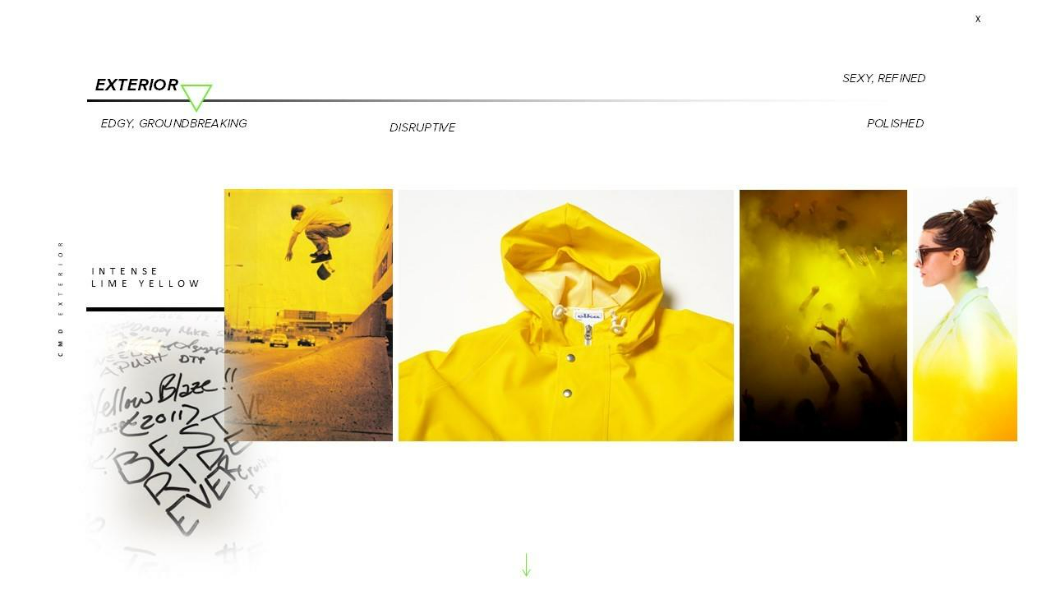
Color is more than just a hue on a vehicle; it's a statement, an expression of identity, and a crucial part of a vehicle's personality. For an icon like the Ford Mustang, for example, creating the right color palette each year is a deep dive into history, culture, trends, and the very soul of what makes a Mustang a Mustang.
The process of creating new colors for the Mustang — like Molten Magenta and Intense Lime Yellow — began nearly four years ago. For many of us, that seems akin to looking into a proverbial crystal ball, but for designers in Ford Color & Materials, there’s a method to the madness.







